Tips for Buying Land, Designing and Building A Custom Home Part 1
Virgil Carter Fine Art
6 years ago
last modified: 6 years ago
Featured Answer
Sort by:Oldest
Comments (7)
mushcreek
6 years agoangies66
3 years agoRelated Discussions
Tips for Buying Land Designing & Building Custom Home Part 1 Continued
Comments (0)--Passive solar, ventilation and daylighting strategies: Passive solar strategies are simple, economical strategies for working with the daily sun cycle during the four seasons, so as to keep hot summer sun and temperatures from entering the house, while permitting the warming sun to enter the house during the colder winter season. Cooling natural breezes and ventilation strategies are also easy, but important to consider. The same applies to daylighting strategies. It takes very little to take advantage of these strategies if site selection and house design include them from the outset of the project. For example, aligning the long axis of the house facing south and the short axis facing east and west, maximizes natural light and minimizes glare and heat gain. Properly designed roof over hangs, trellis or arbor designs, combined with appropriate sized and positioned operable window selection will greatly enhance the livability of a home, at minimal costs, and will make a substantial improvement in day-to-day comfort, livability, utility and operating expenses. --Terrain, drainage and soils conditions: Surprisingly, many consumers do not understand or recognize some simple, but highly influential factors when viewing a potential piece of property. Some of these factors are: 1) Terrain: Flat terrain, for example, is the easiest and least expensive on which to build. Downhill sloping lots are often easier on which to build than uphill sloping lots. In general, avoid uphill sloping lots. 2) Drainage: Even land which appears flat has surface (and perhaps subsurface) drainage patterns. Avoid building in natural drainage areas (especially flood plains), and always ensure finish grading which channels surface water far away from the perimeter of the house. 3) Soils: Many sites may have soil conditions which include substantial portions of clayey or expansive soil materials. Expansive soils are potentially dangerous, and may often cause cracking and movement of the house’s foundation and interiors. If one suspects property has expansive soils, always use a geotechnical engineer to test the soils and make recommendations for proper foundations given the existing soil conditions. This is particularly true for hillside sites. Never buy or build on a site which has received loose fill materials. Loose, uncompacted fill materials have unpredictable bearing capacities and tendencies for movement when wet and saturated. Such sites can be disasterous! --Other site features: Many consumers fall in love with a particular property, for a variety of good reasons—views, natural vegetation and trees, privacy, family history, the opportunity to finally raise chickens and goats, etc. All of these features are fine, but always do your due diligence first and carefully review all of the criteria above before falling in love with a piece of land. Remember, a house cannot be any better than the land on which it’s located....See MoreTips for Buying Land, Designing and Building A Custom Home Part 1 of 3
Comments (18)So odd...! If I scroll down to Page 2, where both recent postings are currently listed, and click on each one, each comes up for reading. And when I click on this posting for the last post, Part 3, for example, it comes up for reading. Clearly the Houzz Gods are not favorable to this posting...bad juju!...See MoreVirgil's Threads on Buying Land, Designing and Building A Custom Home
Comments (37)Let's try these: [What's A Well-Designed House?[(https://www.houzz.com/discussions/whats-a-well-designed-house-dsvw-vd~5370217) Tips for Buying Land, Designing and Building A Custom Home Part 1 of 3 Tips for Buying Land Designing & Building Custom Home Part 1 Continued [Tips for Buying Land, Designing and Building A Custom Home, Part 2[(https://www.houzz.com/discussions/tips-for-buying-land-designing-and-building-a-custom-home-part-2-dsvw-vd~5079485) [Tips for Buying Land, Designing and Building A Custom Home, Part 2 continued[(https://www.houzz.com/discussions/tips-for-buying-land-designing-and-building-a-custom-home-reposted-dsvw-vd~5213136) [Tips for Buying Land, Designing and Building A Custom Home, Part 3[(https://www.houzz.com/discussions/buying-land-designing-and-building-a-custom-home-part-3-dsvw-vd~5213150) and also What are you doing to make your house enrich your life? Let know please whether they, or which ones, work or don't work, and I can see if there's any more rejiggering to be done....See MoreLayout and design of a new home
Comments (42)That's part of it Naj. There's another one with all the links but I think there was a problem with getting some links to work. Right you are; CP's thread. https://www.houzz.com/discussions/virgils-threads-on-buying-land-designing-and-building-a-custom-home-dsvw-vd~5081649 There was a comment there with the links all working. Here goes: [What's A Well-Designed House?[(https://www.houzz.com/discussions/whats-a-well-designed-house-dsvw-vd~5370217) Tips for Buying Land, Designing and Building A Custom Home Part 1 of 3 Tips for Buying Land Designing & Building Custom Home Part 1 Continued [Tips for Buying Land, Designing and Building A Custom Home, Part 2[(https://www.houzz.com/discussions/tips-for-buying-land-designing-and-building-a-custom-home-part-2-dsvw-vd~5079485) [Tips for Buying Land, Designing and Building A Custom Home, Part 2 continued[(https://www.houzz.com/discussions/tips-for-buying-land-designing-and-building-a-custom-home-reposted-dsvw-vd~5213136) [Tips for Buying Land, Designing and Building A Custom Home, Part 3[(https://www.houzz.com/discussions/buying-land-designing-and-building-a-custom-home-part-3-dsvw-vd~5213150) What are you doing to make your house enrich your life?...See MoreMark Bischak, Architect
3 years agoVirgil Carter Fine Art
3 years agoangies66
3 years ago
Related Stories
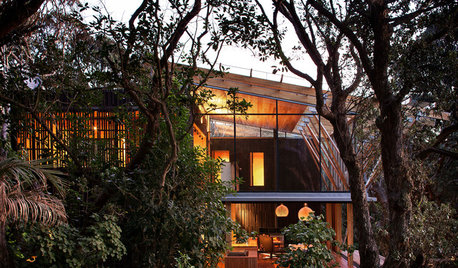
CONTEMPORARY HOMESHouzz Tour: Native Trees Are Part of This Home’s Design
A coastal New Zealand house is built to blend into a surrounding forest of pohutukawa trees
Full Story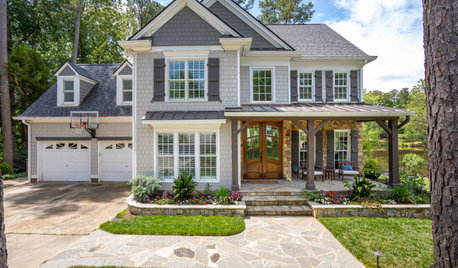
SELLING YOUR HOUSEA Designer’s Top 10 Tips for Increasing Home Value
These suggestions for decorating, remodeling and adding storage will help your home stand out on the market
Full Story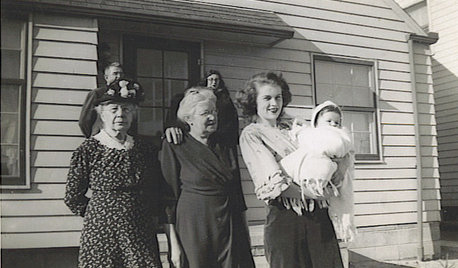
LIFETime Travel to Houzzers' Childhood Homes, Part 1
Peek into home design's past and share the memories of Houzz community members with these personal photos and stories
Full Story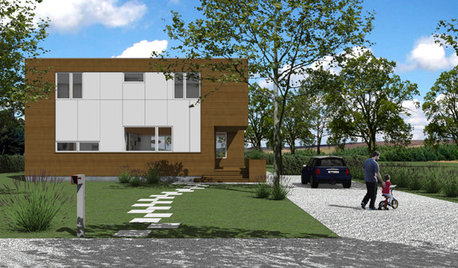
ARCHITECTURE3 Home Design Solutions to Challenging Building Lots
You don't need to throw in the towel on an irregular homesite; today's designers are finding innovative ways to rise to the challenge
Full Story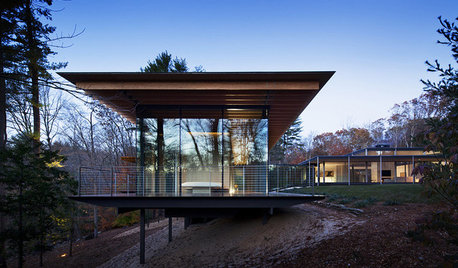
ARCHITECTUREDesign Workshop: How to Make a Home Sit Lightly on the Land
Piers, cantilevers, towers and more can help minimize a home’s environmental impact on its site
Full Story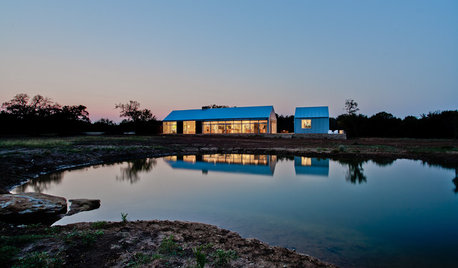
HOUZZ TOURSHouzz Tour: 3 Buildings Make for 1 Ideal Artist's Home
With a studio perched between a main suite and a guest cabana, a modern Texas home has all the bases covered
Full Story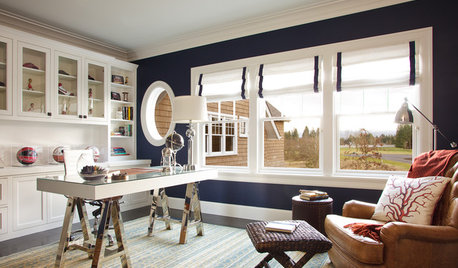
DECORATING GUIDES4 Tips for Designing a Home That Sparks Creativity
Architect and author Donald M. Rattner recommends high ceilings, natural light and other idea-inspiring home features
Full Story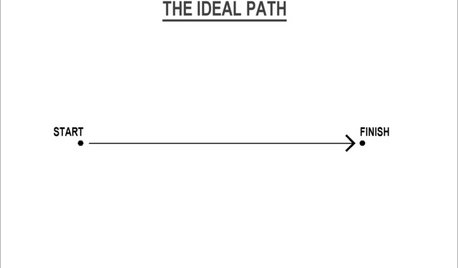
MOST POPULARThe Many Paths of Design, Part 1
Blame engineering issues, unforeseen revisions or even the Internet. As these diagrams show, it's probably not your fault
Full Story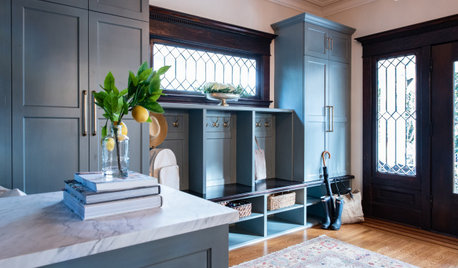
ENTRYWAYSDesigner Makes a 1906 Home’s Gracious Entry More Functional
A new landing zone and storage for coats, bags and shoes helps a Seattle family keep things tidy
Full Story


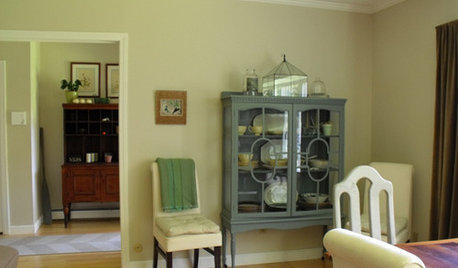


Virgil Carter Fine ArtOriginal Author